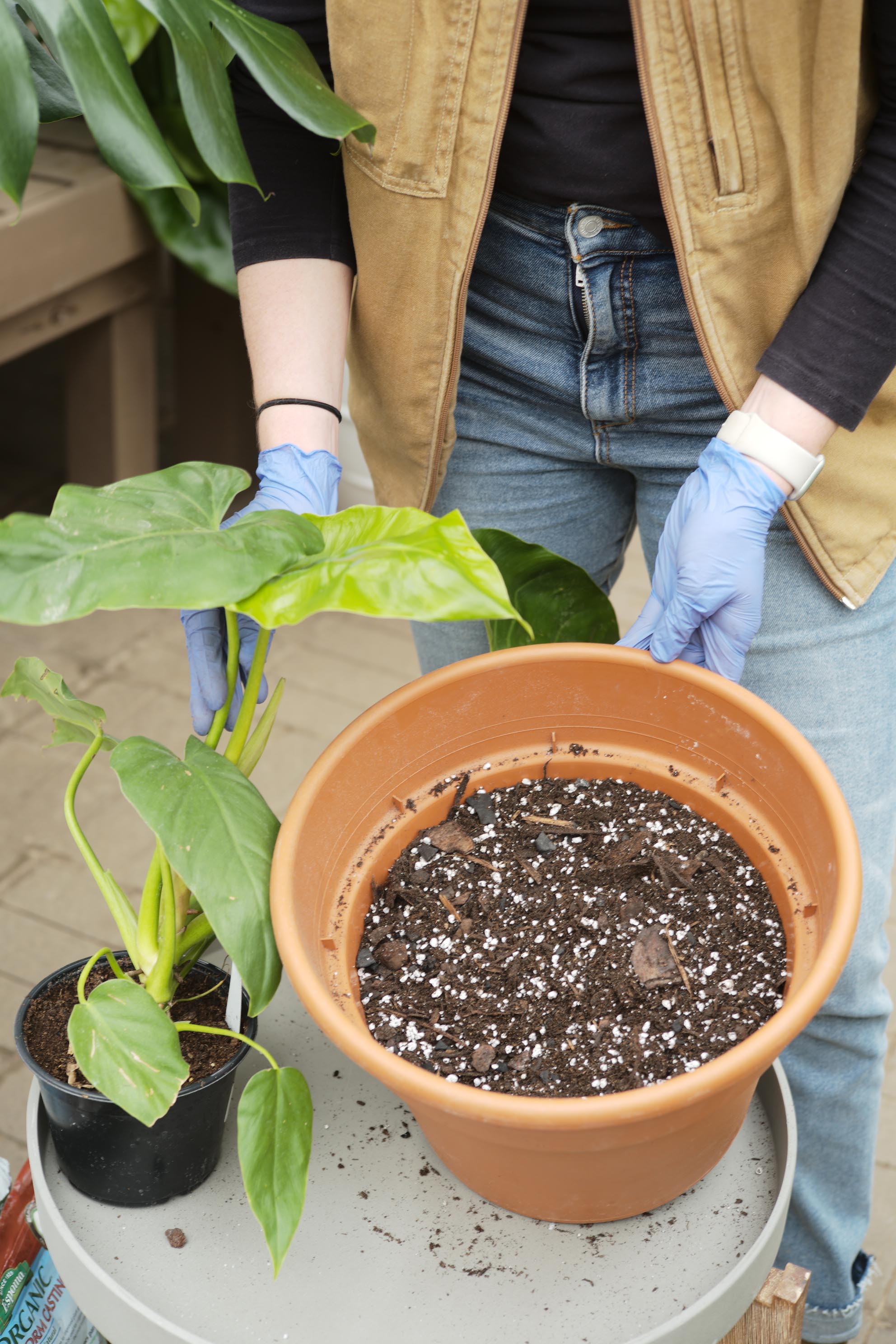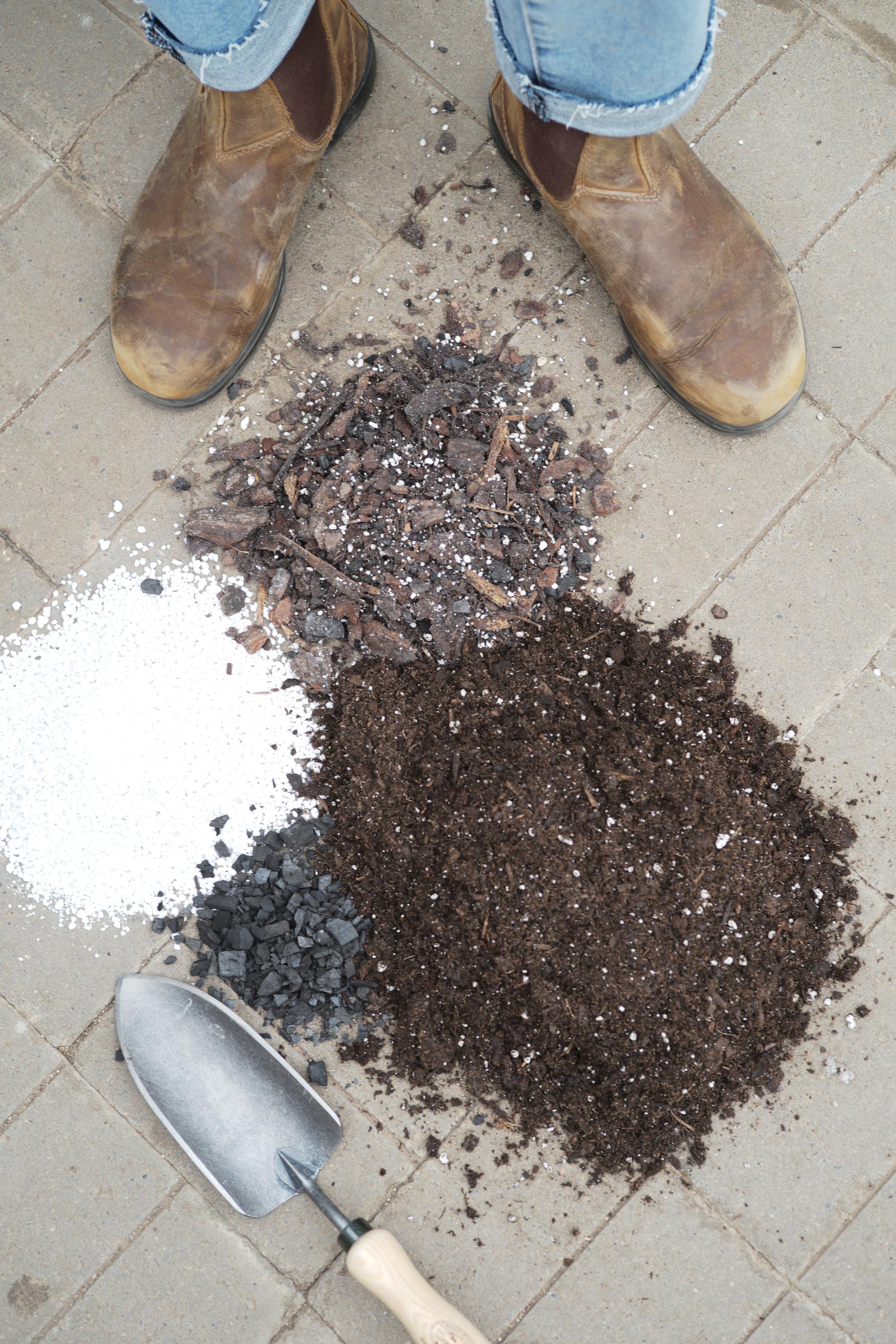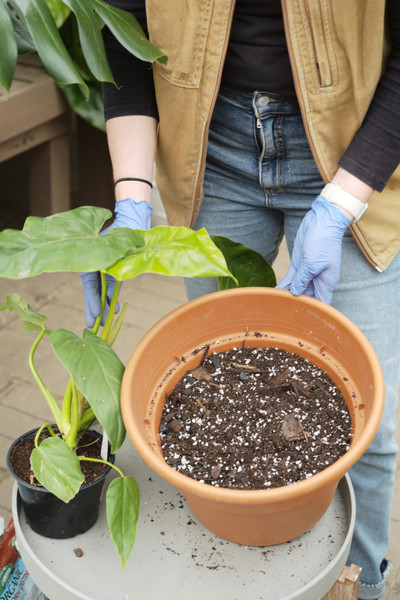How to Create Your Own Aroid Soil Mix
Posted by Jessie Jacobson on Jan 15th 2021
Soil is beautiful. Soil is alive. The ecosystem of your soil is important to the health and success of your plants. In nature, the relationship between soil and plants creates and sustains whole communities of organisms. Indoors, and limited to the confines of a grower pot, houseplants want and need the best inputs possible. These include soil, light, water, nutrients, and a little bit of love.

Most indoor plants will do just fine with an all-purpose potting mix, but there are a few groups of plants that like a little something extra. You can buy ready to go mixes for specialty plants like orchids, African violets, and cactus. But let’s think for just a minute. In the past, these mixes offered enough choice because, in general, folks were growing basic plants indoors and selection was limited. But, with the resurgence of houseplant popularity, our biophilic nature, and interest in a vast array of plant genera, plant parents need more options when re-potting plants. Are you with me?!
If you can’t find a mix that works for you, make your own! Today we are mixing up soil for aroids. Aroids are from the plant family Araceae (remember taxonomic ranks: kingdom, phylum, class, order, family, genus, species?!) and include many common houseplants like aglaonema, anthurium, monstera, philodendron, pothos, syngonium, and ZZ plants. Also referred to as Arums, these plants share a common feature - flowers borne on a type of inflorescence called a spadix. The spadix is usually accompanied by, and sometimes partially enclosed in, a spathe or leaf-like bract.

Okay, enough botany! On with the mix. Aroids like a chunky, bark-based potting soil with good drainage and organic matter.
Ingredients: 1, 4-quart bag Espoma Organic Potting Mix
Specs: A rich blend of sphagnum peat moss (35%-45%), humus & perlite. Fortified with earthworm castings, alfalfa meal, kelp meal, feather meal, and yucca extract
Limestone to adjust pH. Active ingredients include Ecto- and Endo-mycorrhizal Fungi.
Definition Break!
A mycorrhiza is a mutual symbiotic association between a fungus and a plant. The term mycorrhiza refers to the role of the fungus in the plant's rhizosphere, or root system. Mycorrhizae play important roles in plant nutrition, soil biology and soil chemistry.
1/3, 4-quart bag Espoma Organic Orchid Mix
Specs: Formulated from aged pine bark, horticultural charcoal, perlite, limestone to adjust pH and yucca extract.
Generous topping of Espoma Perlite, about ¼”
Specs: 100% Perlite - A naturally occurring mineral. Works to loosen soil and prevents compaction. Aerates soil and promotes root growth.
2, Generous handfuls of Espoma Horticultural Charcoal
Specs: All-natural high carbon material that can helps condition and filter soils while adding drainage. Produced by heating untreated hardwoods to extremely high temperatures without oxygen in a process called pyrolysis.
All components are available to shop in-store or online.
Directions:
When mixing soil, it is a good idea to wear a face covering or mask to prevent inhalation of tiny particles.
Simply dump and mix!
Store unused soil in a cool dry place. Make sure your storage container or bag in properly ventilated to prevent rot and soil decay.
Check out our video tutorial below!
Thanks for reading and we will see you at Tonkadale!

